The TV show every fashion lover needs to watch
A new TV show set in the ’70s recreates the turbulent times when the Italian fashion industry first made its mark
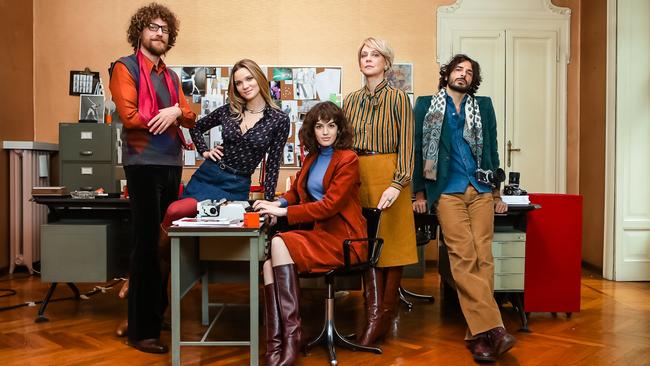
Luisa and Laura Cotta Ramosino were born in the Italian city of Trento in 1974 – the year two of the co-founders of the terrorist organisation Brigate Rosse, the Red Brigades, were arrested and sentenced to 18 years in jail.
It was also the year that Krizia, aka Mariuccia Mandelli, launched her animal print creations on the world, the year designers such as Walter Albini and Elio Fiorucci were making their mark in Milan.
Almost half a century later, the screenwriting twins have created a television series that draws together those revolutionary moments in Italian politics and fashion in a highly watchable series, Made in Italy, available on SBS On Demand.
The twins are historians by training – Laura studied the classical period; Luisa medieval history and 20th century Italian history. The latter provided a good background for a show that looks at the society of the 1970s through the eyes of a young Milanese woman who goes to work for a fictional fashion magazine called Appeal.
It’s the perfect platform for the twins, plus co-creator Paolo Marchesini, to showcase the designers, from Missoni to Armani, who built the modern Italian ready-to-wear fashion industry.
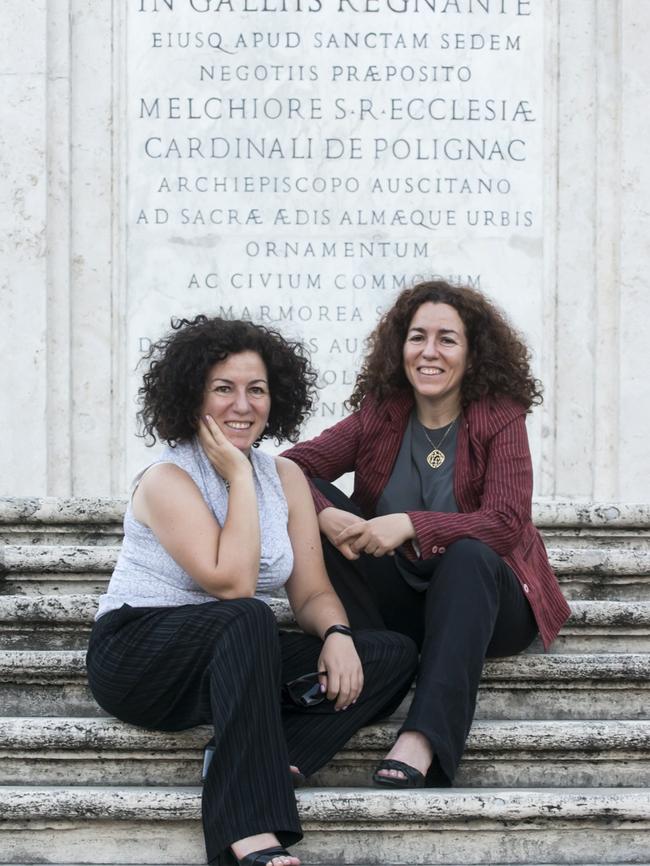
But the show is much more than an excuse for fashion candy. The creators are interested in the big themes – the youth revolution that morphed from the 1960s into the kidnapping and assassinations of rich industrialists and politicians that rocked Italy in the 1970s; the transformation of the family-run businesses around Milan into global brands; the shift from haute couture to ready-to-wear; the coming of age of a generation of young Italians breaking with the strict, religious environment of their families just as Italy itself came of age in terms of design.
Let’s not forget the start of arguably the biggest revolution of all – feminism and all that it implied for work and sexual freedom. Plus there’s the story of national identity as the Italians took it to the French fashion houses that ruled the world back then.
Sometimes there are so many ideas that Made in Italy feels a little crowded, but mostly it’s a fascinating look at a period of great change.
The star is the striking Greta Ferro, who plays Irene, a university student, who lives with her parents on the fringes of Milan and takes a job as an intern at Appeal. She works with the visionary journalist Rita Pasini (Margherita Buy) and the sometimes chaotic life of the magazine is well rendered. There are several subplots, and the political unrest that swirled around the city in the 1970s is never far away as Rita agonises over her son, who is living undercover with an activist cell and makes intermittent contact with his mother.
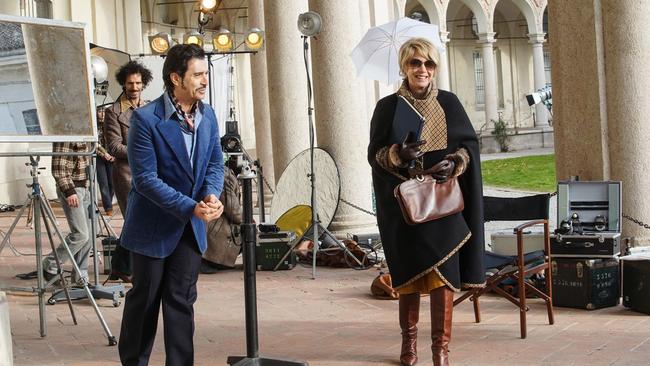
The eight-part series has Irene growing in independence, breaking with her stodgy boyfriend and in each episode interviewing different designers. There’s Giorgio Armani, Albini, Krizia, Gianni Versace, Miuccia Prada, Rosita and Ottavio Missoni, Fiorucci, Gianfranco Ferre and Valentino Garavani.
There’s also plenty of scope to show the wonderful clothes of the ’70s. The producers did extensive research to get the visuals right, convincing fashion houses to open their archives. Most of the items we see are the real thing. Luisa Cotta Ramosino, for one, is delighted that the series showcases Milan, which often misses out to Rome when it comes to film and television backdrops.
But it is from Rome, where she shares an apartment with her twin, that Luisa tells WISH via Zoom about how fashion and the Red Brigades converged.
“My main interest is social history, but once I started to study fashion I discovered these two worlds are really one,” she says. “Talking about fashion in this period is much more relevant than I had hoped for. Usually when you talk about the ’70s you think about terrorism, and then you realise that this is the period that created ‘made in Italy’.
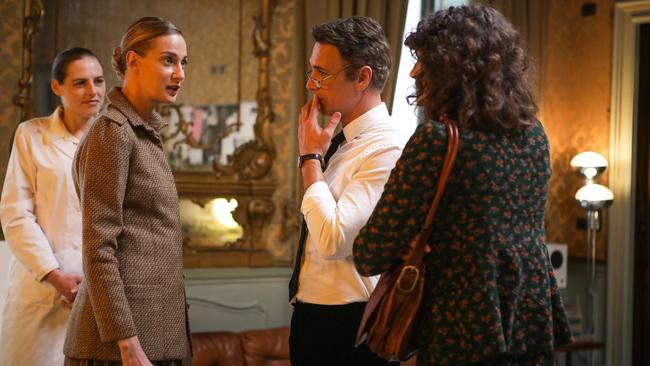
“The fashion was particularly strong in Milan and that was the place where the big events took place. So these two worlds that were apparently so far away from each other shared the same space. It was a really powerful concept – to show that there was another revolution, the fashion revolution, at the same time as the political revolution.”
The Red Brigades, founded by Renato Curcio, Margherita Cagol and Alberto Franceschini, was one of the most deadly guerilla groups formed in Europe after the student uprisings of 1968. Curcio was in jail and Cagol dead from police bullets before the Red Brigades captured and later killed Italian prime minister Aldo Moro in 1978. That was in Rome which, like Milan at the time, was “a dangerous place”, Luisa says.
The left at the time dismissed the apparent superficiality of high fashion of course, adding another layer of tension in the show. Irene, caught up in the glamour of her world, is deliberately contrasted with Rita’s dissident son.
Says Luisa: “They represent the two worlds, with each having an idea of what the world should be and what kind of life they should have. I think the social engagement and the desire to build a national industry in fashion were related. If you think about people like Miuccia Prada, she was part of the movement of young people in the 1960s; she was attending protests, and at the same time she created one of the strongest brands in the world. She embodies this strange paradox of fashion and social engagement.”
In the 1970s, Prada was a member of the Italian Communist Party (although that was far from unusual at the time), and an active feminist who spoke out in favour of reproductive rights and accessible childcare. “I was so embarrassed when I was young,” she told Vanity Fair last year. “To be a leftist feminist and doing fashion, I felt so horrible and so ashamed.”
The revolution was also being played out in Italy in terms of class. Irene’s parents have moved from southern Italy as part of the big post-war push to seek employment in the industrial centres of the north. Their working class home in an anonymous apartment block on the fringes of Milan contrasts with the glitzier buildings where Irene works and socialises. Irene’s father is a factory worker and union representative; her mother takes in sewing and works long hours.
“At that time only a certain class of people went into the fashion houses and the fashion press, people from the upper classes,” says Luisa. “We wanted to create a direct connection with other realities, the realities of the factory. Irene and her parents represent another class. It was an attempt to offer a broader reality of the Italy of this time.”
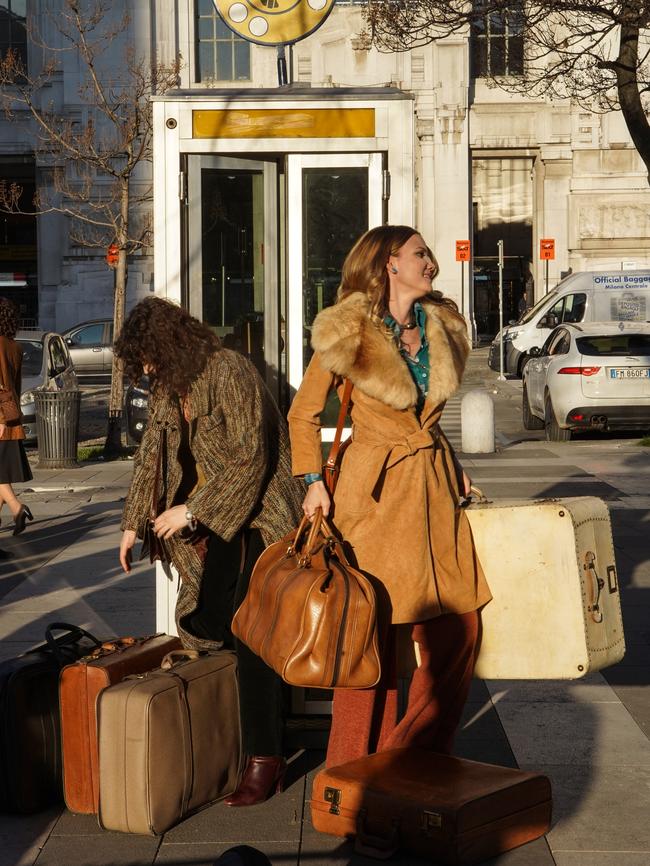
A central theme is the decision of individual fashion houses to join together to promote the “made in Italy” concept. For one episode, cast and crew decamped to the original mansion on the shores of Lake Como where fashion leaders gathered to build a united front. “The ’70s were the period when big brands of fashion were created and went from a family business to something that was very powerful,” Luisa says. “Now a lot of these brands have been bought out and they are now part of international financial entities. It is a system that is still creative, but is much more connected to exchange of money and the idea of globalisation.”
The inspiration for Irene, Luisa reveals, was Franca Sozzani (the famous director of Vogue Italia, who died in 2016)
“She was very generous in giving us details of her meetings with the designers and also of the fashion system,” says Luisa, who interviewed Sozzani earlier in 2016. “We weren’t aware of her illness… and she was able to read and give notes on the first draft of the pilot script and the bible [the outline] of the series. It was really an experience to share her memories about the beginning of her career and the very practical details of the work. I don’t see myself as a very elegant person so was always a bit intimidated, because she was always so simple and perfect in her style.”
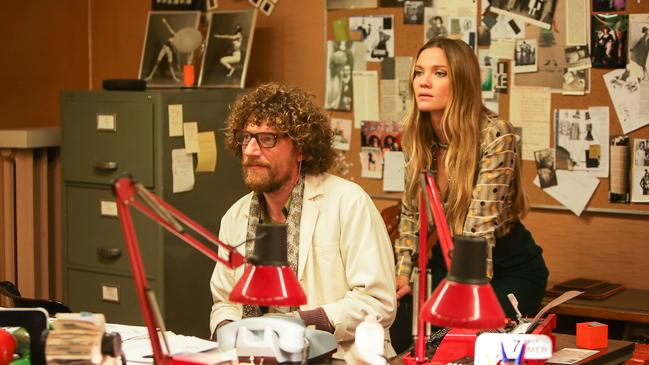
The writers drew heavily on the magazines of the time, especially Vogue, which was the first to “give voice” to designers and write about their inspiration “instead of only presenting their creations as in a commercial catalogue”.
Luisa’s favourite character in the show is the “crazy” Krizia, her favourite designer Armani. Laura is also an Armani fan but has “a penchant for Miuccia Prada and her casual chic fashion”.
The decisions about who to feature were fairly obvious, but the surprise to the twins was Walter Albini. He died in 1983 at the age of just 42 and is largely forgotten, but he’s widely credited as one of the most influential stylists of the late 1960s and 1970s, working for a range of different labels, most notably Misterfox. “If you talk to anyone in the business they say he is very important and you need to talk about him. He is really famous and important,” says Luisa. “Outside, no one knows him.”
Laura says that she personally enjoyed writing about the Missoni couple and liked their ability to “mix their qualities, exploit their differences and create an industry. But in a sense my favourite character is Beppe Modenese [the president of the National Chamber of Italian Fashion, widely credited with pulling the “made in Italy” concept together in the 1970s] who I met when we were researching for the show,” she says. “An old-style gentleman, with impeccable taste and great kindness, who was a mine of information on fashion and people. He spent three hours speaking with me about everything.”
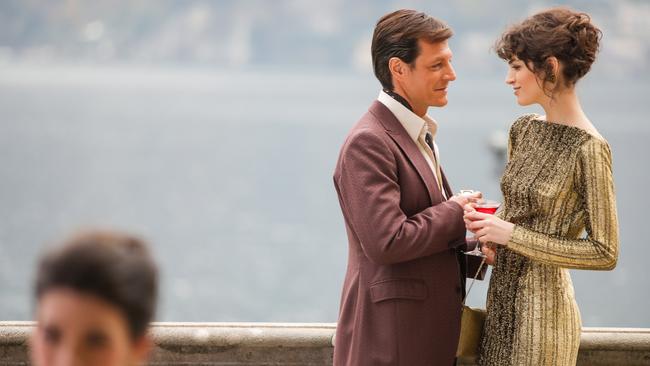
Laura says the surprise of researching the era was the very “physical” way magazines used to work in the Seventies: “No computer, no internet, you had to build every issue of the magazine from scratch. Someone had to go and find the clothes for the photo shoot [and then bring them back], someone had to create a graphic and physically paste the headlines.”
Luisa was surprised by how quickly the designers grew from small outlets to international brands. “And there was also the fact that in many cases the genius of a creative person needed the help of another very practical one, as it was for Armani and Sergio Galeotti [the co-founder and business brains of the firm],” she says.
The twins have collaborated in the past, but also pursued separate careers in the industry as creative producers as well as writers. Luisa and Marchesini are working on a new series set in the 1960s and centred on music; Laura works at the TV production company Cattleya, which produced Gomorrah and Zero Zero Zero, working more recently on Romulus, a rewrite of Rome’s founding myth that will soon air on Sky Italia.
She’s keen for Australian audiences to see another show she worked on, Bella da Morire, a murder mystery with a strong female lead. “It has been broadcast only in Italy but I hope sooner or later it will be sold abroad,” she says.“I’m particularly proud of its complex vision of female characters – quite a different atmosphere to the Italian fashion world.”
The writers have developed a second season of Made in Italy but it is not yet in production.
Made in Italy is available on SBS On Demand.


To join the conversation, please log in. Don't have an account? Register
Join the conversation, you are commenting as Logout